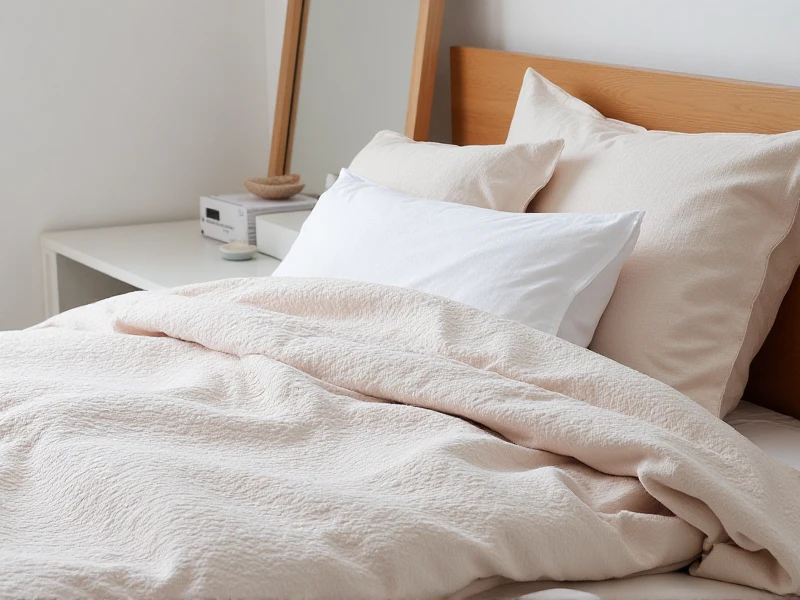The Ultimate Guide to Textiles: History, Types, and Innovations for Today's World
2025-06-02

SEO Article for Website Targeting "Textiles"
Textiles are everywhere in our daily lives—from the clothes we wear to the sheets we sleep on and even the interiors of cars and homes. They're not just fabrics; they're intricate weaves of history, culture, and technology that define human innovation. This guide delves deep into the world of textiles, exploring their evolution, key types, diverse applications, and cutting-edge advancements. Whether you're a student, a designer, or simply curious, this comprehensive overview provides valuable insights into an industry that shapes modern society.
The Rich History of Textiles
Textiles have been part of human civilization for thousands of years, dating back to ancient times when early societies used natural fibers like cotton and wool for warmth and protection. Archaeological finds, such as Egyptian linen from 5000 BC, reveal how textiles were integral to trade and daily life. The Industrial Revolution marked a turning point, introducing mechanized looms in the 18th century that boosted production and accessibility. This period saw textiles drive economic growth, particularly in regions like Britain and later the US, transforming from handmade crafts to mass-produced goods. Today, the textile industry continues to evolve, blending tradition with technology to meet global demands. Understanding this history helps appreciate how textiles serve as a bridge between past artisanship and future sustainability.
Key Types of Textiles Explained
Textiles come in countless forms, categorized mainly by their fiber source: natural, synthetic, or blended. Natural fibers remain popular for their comfort and eco-friendly appeal. Cotton, for instance, is soft, breathable, and widely used in clothing like T-shirts and denim, grown primarily in warm climates like India and the US. Wool, sourced from animals like sheep, excels in insulation and durability, making it ideal for winter wear and carpets. Silk, known for its luxurious shine and strength, stems from silkworms and dominates high-fashion garments. On the other hand, synthetic fibers emerged in the mid-20th century to address limitations of natural textiles. Polyester and nylon, derived from petroleum, offer resilience, moisture-wicking properties, and affordability for sportswear and industrial uses. Blended textiles combine these elements—consider fabrics like poly-cotton—which mix breathability with easy care. Exploring these types reveals how each textile serves specific needs, driven by factors like climate, cost, and ethical sourcing.
Modern Applications and Everyday Uses
Beyond apparel, textiles permeate numerous industries, showcasing their versatility. In the fashion and home décor sectors, they define trends—think soft cottons for bedding or durable synthetics for upholstery. But textiles extend far outside the runway. Technical textiles are engineered for specialized functions, such as automotive airbags made from high-strength fibers or medical textiles used in bandages and surgical gowns for hygiene and protection. Geotextiles in construction prevent soil erosion, while smart textiles integrate electronics for innovations like temperature-regulating fabrics or wearable tech in fitness trackers. This broad scope highlights textiles' role in enhancing quality of life, from comfort in our homes to safety in workplaces. As consumer awareness grows, applications increasingly prioritize sustainability, with recycled materials gaining traction to reduce environmental footprints. Examining these uses underscores why textiles are foundational to innovation across economies.
Innovations Driving the Textile Industry
The future of textiles is buzzing with technological breakthroughs that address global challenges, particularly sustainability. Innovations like 3D printing are revolutionizing textile manufacturing, allowing for custom designs with minimal waste. Bio-based textiles, such as those made from bamboo or algae, offer eco-friendly alternatives to synthetic fibers, reducing reliance on fossil fuels. Smart textiles take it further with conductive threads that monitor health vitals or change color with temperature shifts, opening doors in healthcare and entertainment. Sustainable practices are central to this wave; initiatives like circular fashion promote recycling old garments into new textiles, slashing landfill waste. Companies are also adopting blockchain to trace supply chains, ensuring ethical production from farm to store. Looking ahead, expect textiles to push boundaries in AI-integrated fabrics and renewable resources, making the industry greener and more responsive to societal needs.
Embracing the Textile Revolution
In summary, textiles are not just materials—they're dynamic threads weaving through history and innovation to support everyday life. From ancient looms to modern labs, they continue to adapt, driving trends in fashion, industry, and sustainability. As consumers, understanding textiles empowers us to make informed choices, such as opting for organic cotton or recycling old fabrics to support a healthier planet. The journey of textiles reminds us that small fibers can create big impacts, fostering a world where tradition meets tomorrow. So, next time you touch a piece of fabric, appreciate the intricate story it tells—and explore ways to contribute to its sustainable future. This guide highlights the essence of textiles, encouraging deeper reflection on their endless possibilities.
Category: